Garage Door Opener Remote Control
-With Visor Clip (300- 390MHz)
It’s essentially a small transmitter that sends a unique code to a receiver, typically located in the garage door opener motorhead, which then activates the motor to move the door.
Here’s a more detailed explanation:
-
Transmitter:
The remote control is a radio transmitter that sends a coded signal when a button is pressed.
-
Receiver:
The garage door opener (usually the motorhead) has a receiver that is tuned to the same frequency as the transmitter and decodes the signal.
-
Rolling Code Technology:
Modern garage door openers use rolling code technology, where the code sent by the remote changes each time it’s used. This enhances security by preventing potential code interception and replay attacks.
-
Frequency:
Garage door remotes typically operate on frequencies like 315 or 390 MHz, but specific frequencies can vary by model and brand.
-
Programming:
Remotes need to be programmed to the specific garage door opener they will control. This typically involves pressing a “learn” or “program” button on the opener and then activating the remote.
-
Types:Remotes can be single-button, multi-button (for multiple garage doors), or even integrated into car systems.——————————–
-
COMPATIBILITY LIST for the Universal Garage Door Remote Control:
Chamberlain (Orange Button 1977-2005 390MHz)
Chamberlain (Purple Button 2005-Current 315MHz)
Chamberlain (Green Button 1993- 1996390MHz)
Chamberlain (Yellow Button 2011-Current 310/315/390MHz)
Chamberlain (9 Code Switch 1990-1992 390MHz)
Chamberlain (9 Code Switch 1983-1989 315MHz)
Chamberlain (8 Code Switch 390MHz)
Chamberlain (7 Code Switch 390MHz)
Genie Overhead Door (Intellicode 2005-Current 315MHz)
Genie Overhead Door (Intellicode 1995-Current 390MHz)
Genie (12 Code Switch 1985 390MHz)
Genie (9 Code Switch 390MHz)
Stanley (Security Code 1998-Current 310MHz)
Stanley Multi-Code (10 Code Switch 310MHz)
Wayne Dalton (Rolling Code 1999-Current 372.5MHz)
Linear (MegaCode 1997-Current 318MHz)
Linear Multi-Code (10 Code Switch 300MHz)
Linear Moor-O-Matic (8 Code Switch 310MHz)

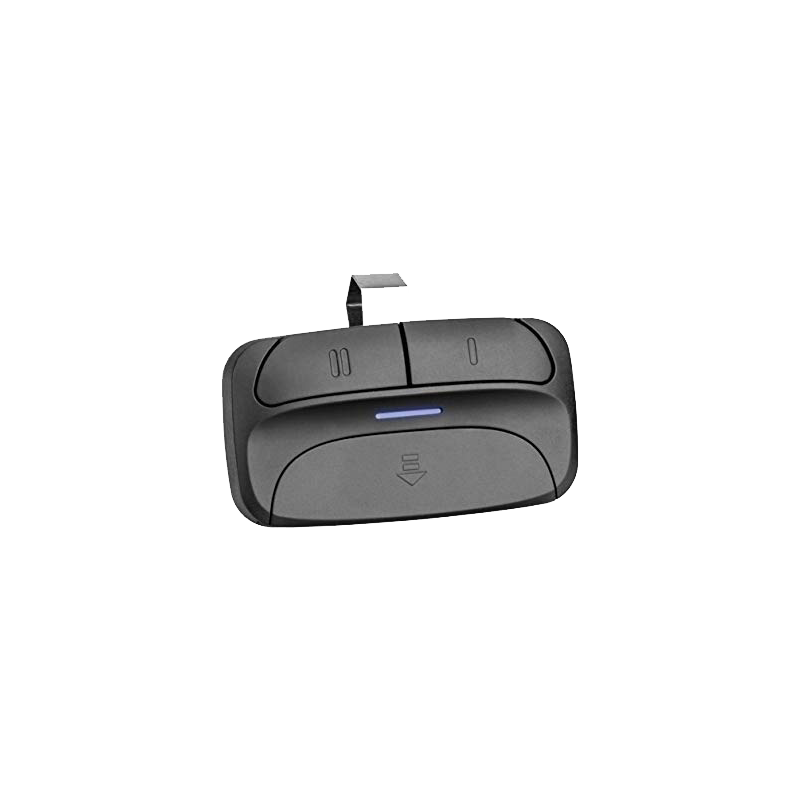
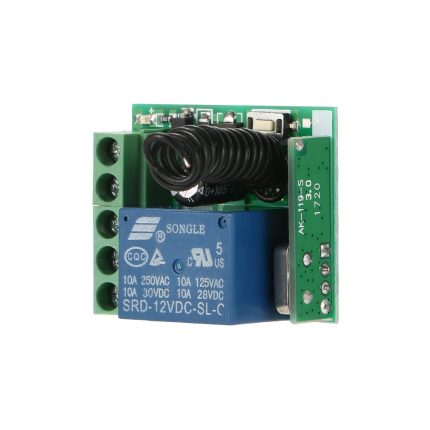
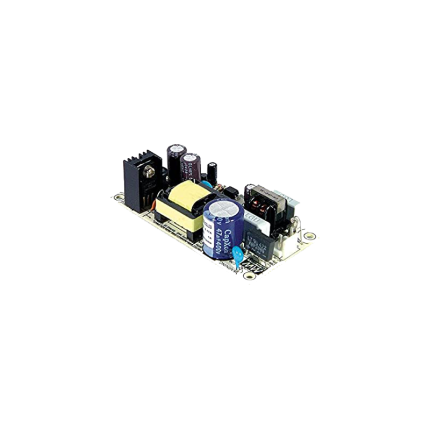

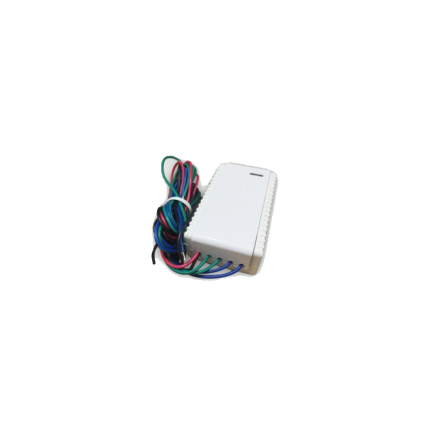
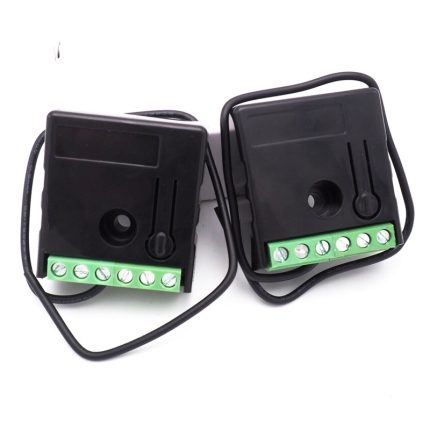
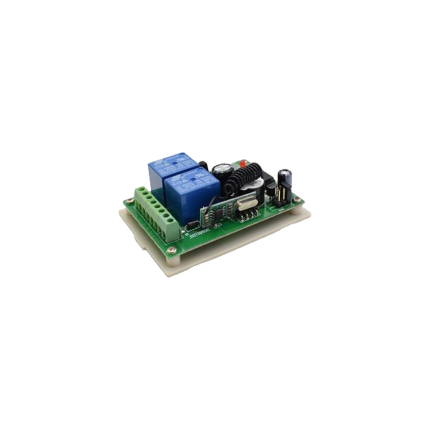


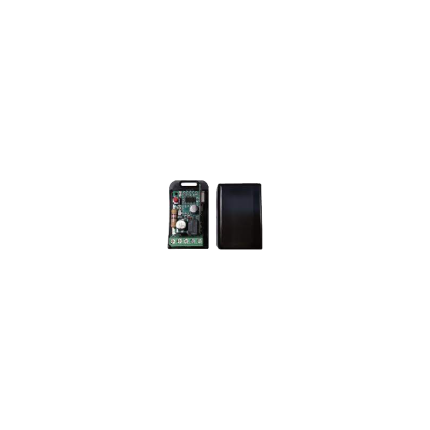

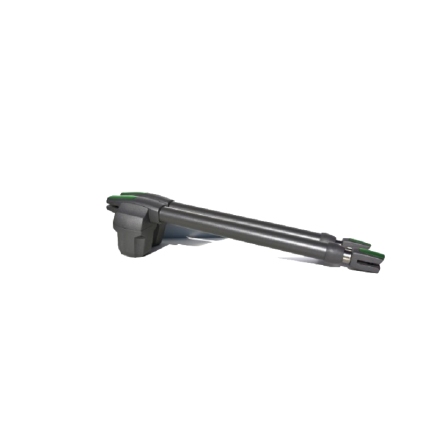
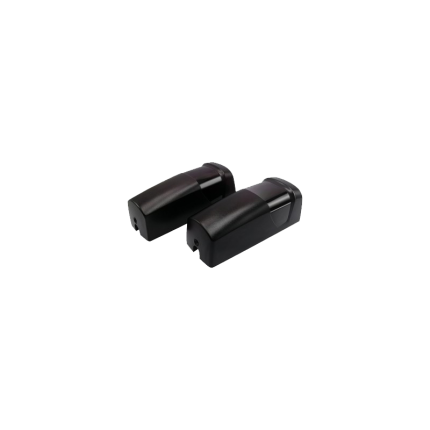
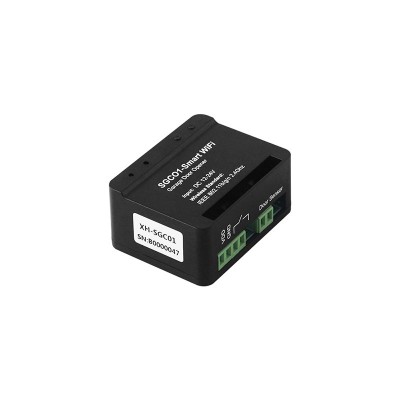
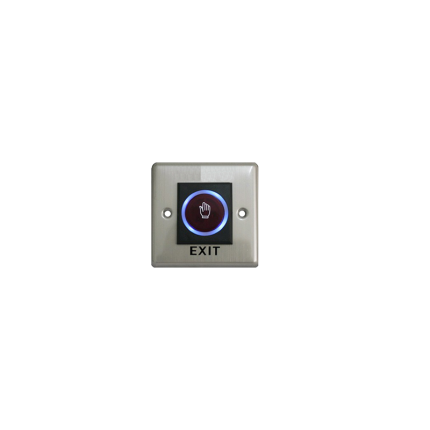
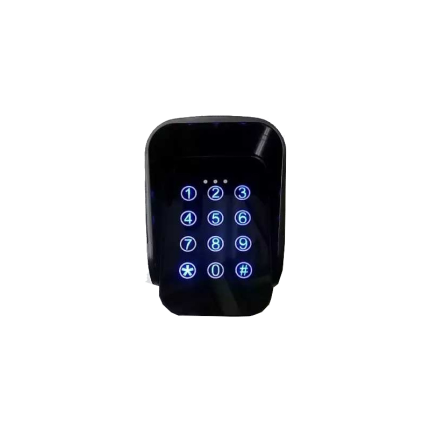
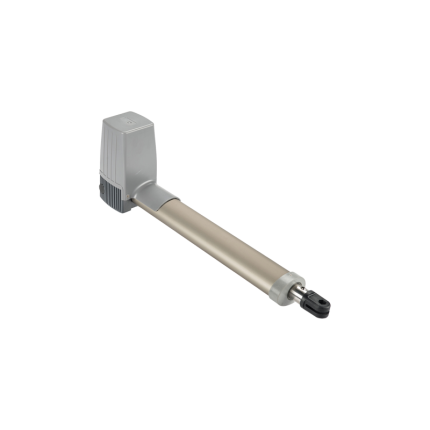



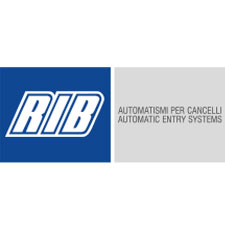






Reviews
There are no reviews yet.